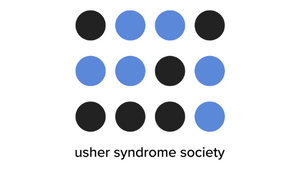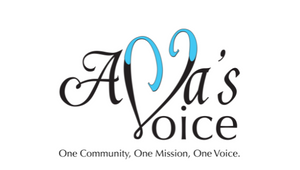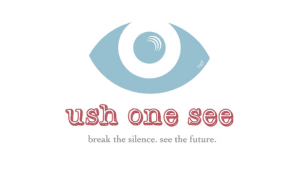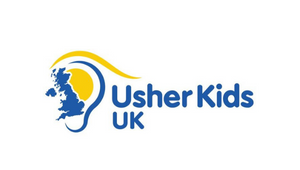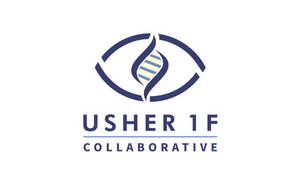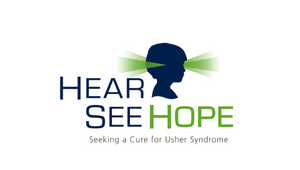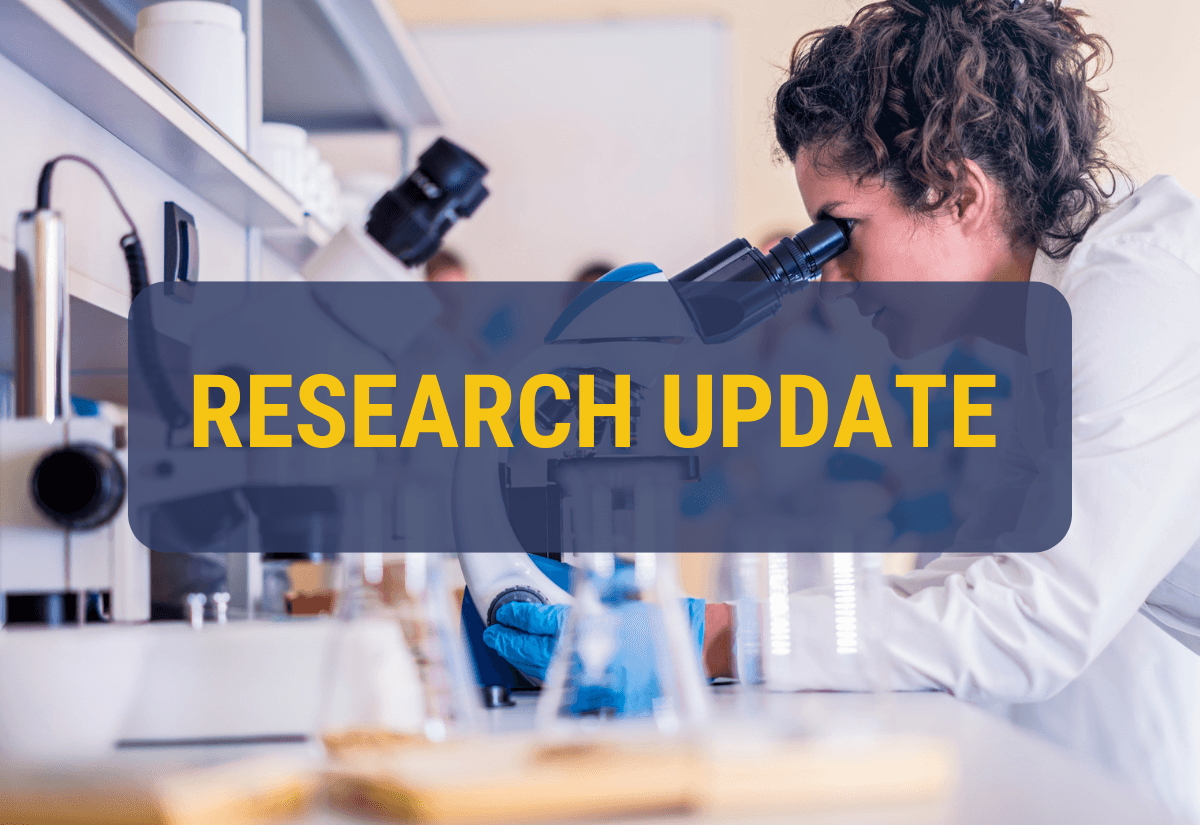
AAVantgarde Bio Srl, a clinical-stage biotechnology company based in Italy, is developing proprietary Adeno-Associated Viral (AAV) vector platforms for large gene deliveries. Their lead program, AAVB-0081, is an investigational gene therapy currently being studied in the Phase 1/2 LUCE-1 clinical trial. The therapy aims to replace the mutated MYO7A gene, responsible for Usher syndrome Type 1B (USH1B), with a healthy copy. AAVB-081 uses a unique "dual-AAV technology," where the large MYO7A gene is split into two parts, and two AAV vectors deliver each half into retinal cells. Once inside, the two parts combine to form a complete, functional gene transcript that is used to make a functional Myosin 7A protein.
On September 16, 2024, AAVantgarde announced that their first participant in the Phase 1/2 LUCE-1 clinical trial was successfully dosed with AAVB-081. This trial aims to assess the safety and tolerance of AAVB-081 for treating retinitis pigmentosa in USH1B patients.
On December 2, 2024, AAVB-081 received Orphan Drug Designation from the U.S. FDA, which recognizes its potential to address a critical unmet medical need for this rare disease. This designation also provides AAVB-081 with additional benefits, including regulatory assistance and the potential for market exclusivity for seven years.
On December 9, 2024, AAVantgarde shared promising safety data from the first two LUCE-1 trial participants. A low dose of AAVB-081 caused mild adverse effects but no toxicities, which allowed the trial to continue with higher dosage assessments.
The LUCE-1 trial is the first to test the dual-AAV approach in retinal diseases, led by Prof. Francesca Simonelli. Learn more about AAVantgarde here: AAVantgarde.
What this means for Usher syndrome: The LUCE-1 trial marks a significant step forward for the USH1B community, offering hope for the first-ever gene therapy that targets progressive vision loss in USH1B patients.


